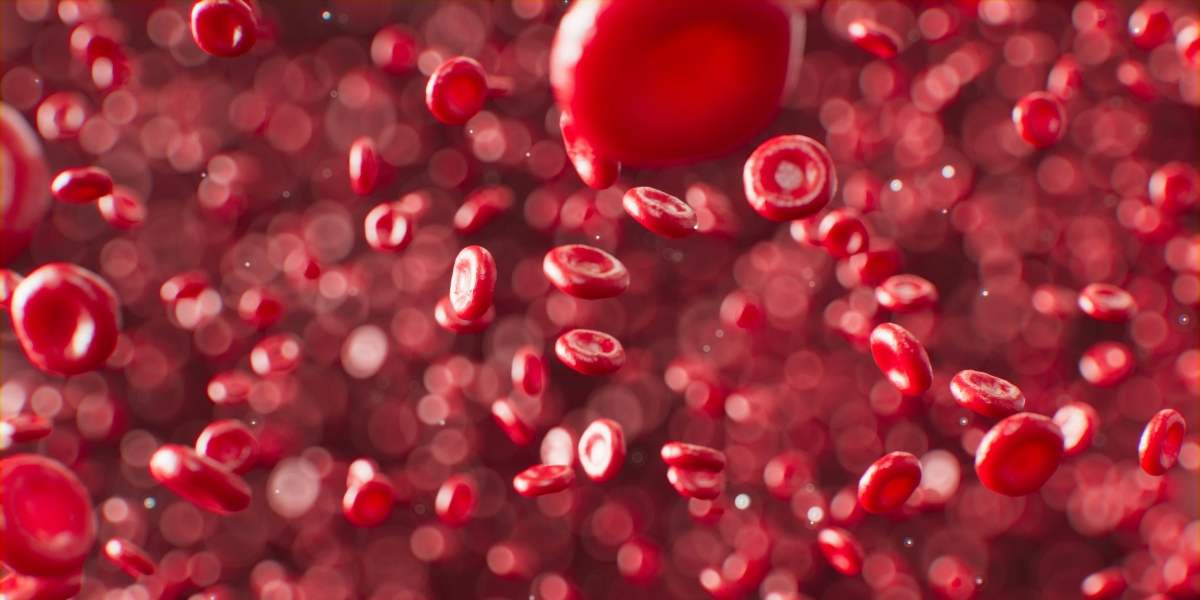Migraines may challenge your days, but with the right care and courage, every sunrise holds the promise of a pain-free tomorrow
Migraines are not just regular headaches — they are a complex and often disabling neurological condition that can disrupt daily life for millions worldwide. Characterized by severe pain and various sensory disturbances, migraines require more than temporary relief; they demand expert evaluation and personalized treatment. If you suffer from frequent migraines, seeking advice from neurologists in Hyderabad can make a transformative difference in managing and reducing the impact of migraines.
What Causes Migraine Headaches?
While the exact cause of migraines remains unclear, research points to a combination of genetic, environmental, and neurological factors. Here’s a closer look at what contributes to the development of migraines:
- Genetic Factors: Migraines often run in families. If one or both parents have a history of migraines, the likelihood of developing migraines increases significantly.
- Changes in Brain Chemistry: Fluctuations in brain chemicals like serotonin, which help regulate pain signals, are linked to the onset of migraine attacks.
- Hormonal Changes: Many women experience migraines related to hormonal fluctuations during menstruation, pregnancy, or menopause, making hormones a significant trigger.
- Environmental Triggers: Bright lights, strong smells, loud noises, or sudden weather changes can trigger migraine episodes in susceptible individuals.
- Dietary Factors: Certain foods and beverages, such as processed meats, aged cheeses, chocolate, alcohol (especially wine), and caffeine, are known migraine triggers.
Symptoms of Migraine
Migraine symptoms can vary in type and severity, but common signs usually include the following:
- Intense, throbbing headache: Pain is often localized on one side of the head and can worsen with physical activity.
- Sensitivity to light, sound, or smells: Ordinary sensory experiences can become painful, leading sufferers to seek dark, quiet environments.
- Nausea and vomiting: Digestive upset frequently accompanies migraines, making eating and drinking difficult during attacks.
- Visual disturbances (Aura): Some people experience flashes of light, blind spots, or zigzag patterns before or during a migraine.
- Tingling or numbness: Sensations may affect the face, arms, or legs and sometimes precede a migraine attack.
How Can Migraines Be Treated?
Migraine treatment generally focuses on two main goals: relieving symptoms during attacks and preventing future migraines. A customized approach, based on individual triggers and health status, is essential.
- Acute (Immediate) Treatments
Acute treatments are used at the onset of a migraine to ease symptoms quickly. Pain-relief options include over-the-counter ibuprofen or prescribed triptans. For nausea and vomiting, medications like metoclopramide are helpful. Resting in a quiet, dark space also supports faster relief. To receive safe and effective care, it’s best to consult a doctor. - Preventive Treatments
Preventive options help reduce how often and how severely migraines occur. Doctors may suggest beta-blockers, antidepressants, anticonvulsants, or CGRP inhibitors. Lifestyle changes—like stress management, regular sleep, and exercise—can make a big difference. Botox injections are also approved for chronic cases. Supplements such as magnesium, vitamin B2, and CoQ10 may benefit some individuals by lowering migraine frequency.
Regular follow-ups ensure that your preventive treatment plan evolves with your changing health needs.
Alternative and Complementary Therapies
In addition to medical treatment, several complementary therapies may support migraine management:
- Acupuncture: Can help promote relaxation and reduce the frequency of migraine attacks.
- Biofeedback therapy: Teaches control over bodily functions like heart rate and muscle tension, reducing migraine triggers.
- Cognitive Behavioral Therapy (CBT): Assists in managing the stress and emotional issues that can contribute to migraines.
- Dietary counseling: Identifying and avoiding food triggers with the help of a professional can make a noticeable difference.
How Can Early Diagnosis Help Migraine Patients?
- Prevents Migraine Progression: Early diagnosis can stop occasional migraines from becoming chronic, making symptoms easier to control with appropriate, timely treatments.
- Customized Treatment Plans: Identifying migraines early helps doctors create targeted, effective treatment strategies specific to each patient’s needs.
- Better Quality of Life: Early intervention reduces the frequency and severity of attacks, allowing patients to enjoy everyday activities without constant fear of migraines disrupting their lives.
- Avoids Unnecessary Suffering: Prompt diagnosis minimizes emotional distress, missed workdays, and poor productivity by addressing the root cause before migraines severely impact daily functioning.
- Reduces Risk of Complications: Properly diagnosing migraines early prevents misdiagnosis and ensures other serious neurological conditions are ruled out, ensuring safe, appropriate care.
Conclusion
Migraines are complex, life-disrupting neurological conditions, but they are manageable with the right knowledge, medical guidance, and proactive care. Understanding what causes migraines and learning how to recognize early symptoms is the first step toward better management. Whether through medication, lifestyle changes, or alternative therapies, individualized treatment can dramatically improve your quality of life. If you are struggling with migraines, reach out to a doctor for expert evaluation, customized treatment, and compassionate support.
Disclaimer: This article is for informational purposes only and does not constitute medical advice. Individual experiences with migraines and treatments may vary. Always consult a qualified healthcare professional before starting or changing any treatment.
Published by Joseph T.






